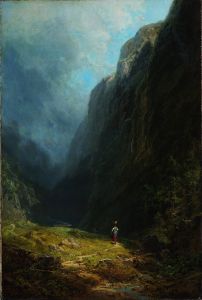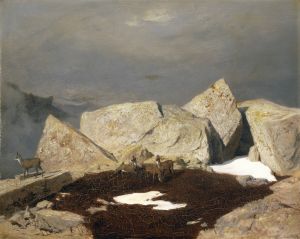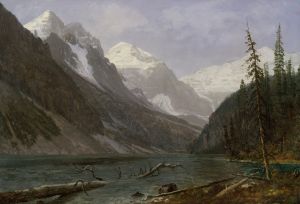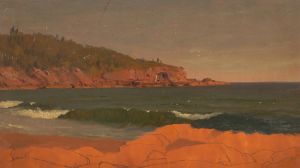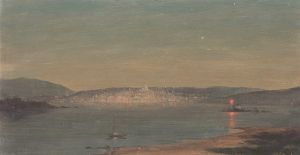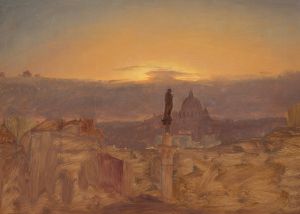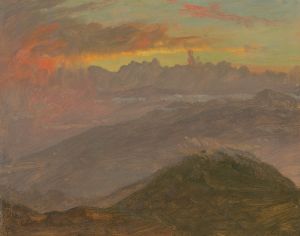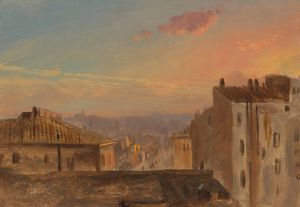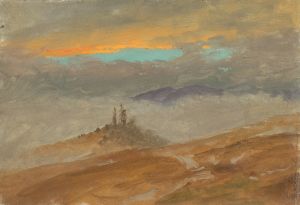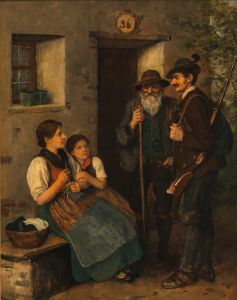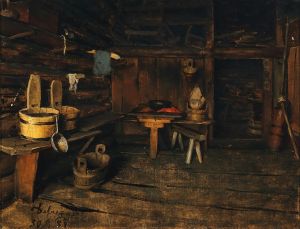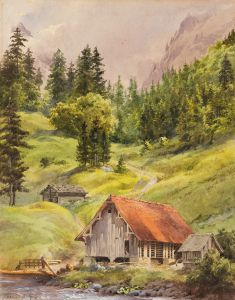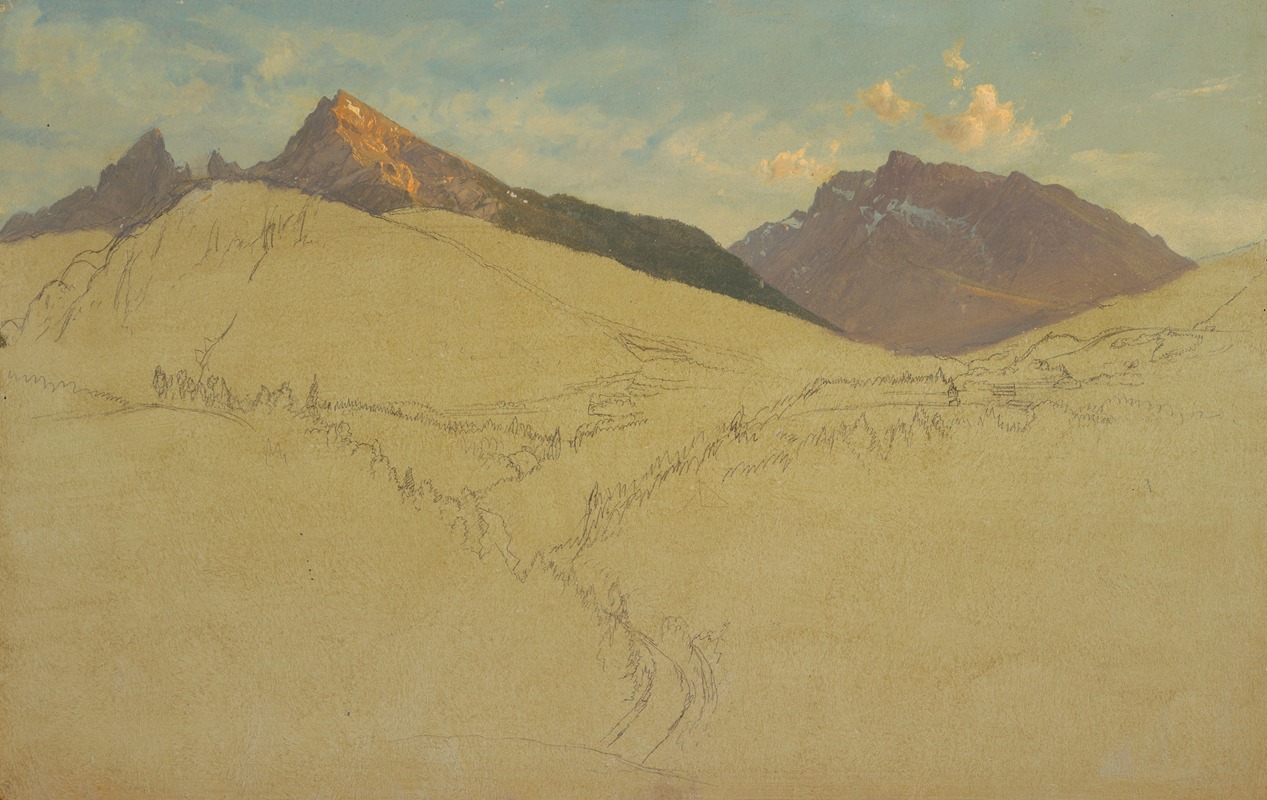
The Watzmann, near Berchtesgaden, Bavaria
A hand-painted replica of Frederic Edwin Church’s masterpiece The Watzmann, near Berchtesgaden, Bavaria, meticulously crafted by professional artists to capture the true essence of the original. Each piece is created with museum-quality canvas and rare mineral pigments, carefully painted by experienced artists with delicate brushstrokes and rich, layered colors to perfectly recreate the texture of the original artwork. Unlike machine-printed reproductions, this hand-painted version brings the painting to life, infused with the artist’s emotions and skill in every stroke. Whether for personal collection or home decoration, it instantly elevates the artistic atmosphere of any space.
"The Watzmann, near Berchtesgaden, Bavaria" is a painting by the American landscape artist Frederic Edwin Church. Church, a central figure in the Hudson River School of American landscape painting, is renowned for his detailed and dramatic depictions of natural scenes. This particular painting, completed in 1868, showcases the Watzmann, a prominent mountain in the Bavarian Alps near Berchtesgaden, Germany.
Frederic Edwin Church was born on May 4, 1826, in Hartford, Connecticut. He studied under Thomas Cole, the founder of the Hudson River School, and quickly developed a reputation for his ability to capture the grandeur and beauty of the American landscape. However, Church's interests were not confined to the United States; he traveled extensively, seeking inspiration from various parts of the world, including South America, Europe, and the Middle East.
"The Watzmann, near Berchtesgaden, Bavaria" reflects Church's fascination with the sublime and picturesque qualities of nature. The painting depicts the Watzmann massif, which is the third highest mountain in Germany and a notable landmark in the Bavarian Alps. The composition features the mountain's rugged peaks bathed in the soft light of either dawn or dusk, with a serene valley below. The meticulous attention to detail and the dramatic use of light and shadow are characteristic of Church's style, emphasizing the awe-inspiring beauty of the natural world.
Church's decision to paint the Watzmann was likely influenced by his European travels. In the mid-19th century, it was common for American artists to visit Europe to study its art and landscapes. Church's European tour, which included visits to England, France, Italy, and Germany, provided him with a wealth of new subjects and artistic influences. The Watzmann, with its striking appearance and cultural significance, would have been a compelling subject for an artist of Church's sensibilities.
The painting is also notable for its technical execution. Church was known for his precise and realistic rendering of landscapes, achieved through careful observation and detailed sketches made on-site. In "The Watzmann, near Berchtesgaden, Bavaria," he employs a masterful use of color and light to convey the atmospheric conditions and the majestic presence of the mountain. The interplay of light and shadow creates a sense of depth and three-dimensionality, drawing the viewer into the scene.
Today, "The Watzmann, near Berchtesgaden, Bavaria" is part of the collection at the Cleveland Museum of Art. It continues to be admired for its artistic excellence and its representation of Church's ability to capture the sublime beauty of the natural world. The painting stands as a testament to Church's skill as a landscape artist and his dedication to exploring and depicting the diverse and magnificent landscapes of the world.





